One of the biggest challenges to more advanced muscle-targeting workouts is the need for equipment that can be expensive, hard to take with you on trips, and often very expensive. Weights, benches, sophisticated exercise equipment – all of these are great, but unless you’re willing to put the expense into equipment, the time into the gym, or aren’t much of a traveler, you’re going to find your newfound resolve to get into shape quite challenged.
Sure, not all exercises use equipment – low-impact things like yoga, tai-chi; cardio like running, jumping rope and the like are all fantastic. But while these provide some exercise to muscles, you need something more resistive and strenuous to build additional muscle strength, versus just keeping them toned.
It’s a real catch-22, isn’t it? Well, that’d be the case were it not for modern technology making more portable, all-purpose tools possible. One such example is the resistance band, which while not an end-all solution by any means, can greatly alleviate the problem of equipment unavailability on a practical level.
 What are Resistance Bands?
What are Resistance Bands?
These are a remarkably simple concept in retrospect, but it took a while for material sciences to make the design truly effective and practical. At its core, all a resistance band is an elastic rope/band with grips on either end.
Now, they do in fact have variations on this form factor – some use multiple bands with a fastening in the middle, some have modular grips to add curl bars or other components to them. Materials used can vary – the most basic one uses a variation on bungee cord (albeit stretchier), others are more advanced rubber/silicon composites, the formulation of which are often manufacturer trade secrets.
At the end of the day, though, they all work around this same basic concept of providing a source of muscle-working resistance in a relatively weightless, compact and portable manner.
How Do Resistance Bands Work Muscles?
Like the design, the way these work muscles is actually pretty simple and straightforward overall. The elasticity of the bands means that they’re always trying to return to an un-stretched state. Thus, stretching it, or maintaining this stretch, produces a similar kind of muscle-working stress as when you lift weights against the force of gravity.
There are a number of configurations in which these can be used. With a little creativity, and an understanding of why various weight-based exercises work, and the muscles on which they work, you can approximate, to some extent or another, most of them. While the lack of variability in the resistance means they’re not good for upping your workout (more resistive bands will be required), this makes them a good way to maintain current muscle strength and tone, thus not losing progress when you find yourself away from the equipment you’ve been using.
 Who Uses Resistance Bands?
Who Uses Resistance Bands?
Resistance bands are used by a wide range of people, including athletes, bodybuilders, fitness experts and of course, everyday people. They’re the most popular with people who don’t have room for equipment in their living space, and who don’t have time to go to the gym more than once or twice a week.
Others are people which travel often. Many hotels do offer gym facilities, but this isn’t always the case. Even when it is, sometimes they’re subpar or lack the equipment someone really needs for their specific exercise regimes. It’s also a sad fact that, aside from higher-rated hotel chains, many hotel gym facilities are in a poor state of repair and maintenance, and still others are not kept as sanitary as they probably should.
Finally, people just getting into fitness may find these quite useful as a primer for harder exercises.
How to Choose Resistance Bands?
This really comes down to three factors: price, versatility, and level of resistance. Often, the former affects the two latter directly, as cheaper bands tend to be weaker, less versatile solutions. This isn’t to say that a cheaper band isn’t an excellent first piece of equipment for entry-level seekers of fitness – they definitely are.
However, for anyone who’s been into their exercise regime for some time, and needs this as a stopgap for times away from equipment, higher resistance bands are necessary. These approximate the more intense muscle stress an intermediate or advanced person needs, in order to maintain their progress. Higher-resistance bands tend to take the form factor of multiple elastic cords banded together, due to doubling up on the tensile strength of a given band.
Those with a more complex set of routines (athletes, bodybuilders, etc.) may want one that can have various bars and grips attached to it, to approximate their more precise, targeting exercises.
Popular Uses of Resistance Bands
As we said earlier, with the right amount of creativity, you can approximate a lot of weight-based exercises with these bands. However, it’s important to note that these are basically bungee cords with handles, in a sense. This means that should they suddenly be released while stretched, they can fly back into their normal state quickly. You don’t want to be in the path of a flying band handle when this happens – it will hurt, if not injure you.
- Standing on the middle of a resistance band, you can approximate various standing curls, rowing motions, basic lifts, deadlifting and weighted squats.
- Stretching it across your back, you can perform back curls, standing chest curls, and similar routines.
- Bracing the center of a band under a bench, you can perform bench presses, hammer presses and other exercises usually done on your back with weights. Be careful to make sure the band can’t snap free in this configuration.
- Shoring it up around a post, tree or other sturdy vertical structures, you can do rows, leg presses, and similar exercises, albeit a bit clumsily. You’ll also look a little silly performing these, but who cares?
- A number of exercises targeting the biceps, triceps and chest muscles can be performed by simply holding these at chest level and stretching them vertically or horizontally.
Are Resistance Bands Better than Weights?
In terms of building muscle strength, the answer to this question is more or less “no”. While beginners will find the basic resistance of one of these sufficient to start building some strength (they are excellent for this scenario), those who’ve been exercising for a while will really only find these ideal for maintaining their current tone and strength.
Weights, lifted against gravity, will always be harder work than stretching an elastic band, this is just unavoidable. Plus, most dumbbells and barbells are modular, meaning more weight can be added ad nauseum, to continually increase the threshold, thus building more muscle. That said, if you really want to build significant strength and musculature, you’re going to need access to weights at least once a week, preferably twice a week.
Still, these are probably one of the best daily physical maintenance home exercise tools to come along in quite some time.
To learn more about these bands, and other excellent training tips, follow us on Facebook today!
The post Resistance Bands – Exercise on the Go appeared first on Gaspari Nutrition.










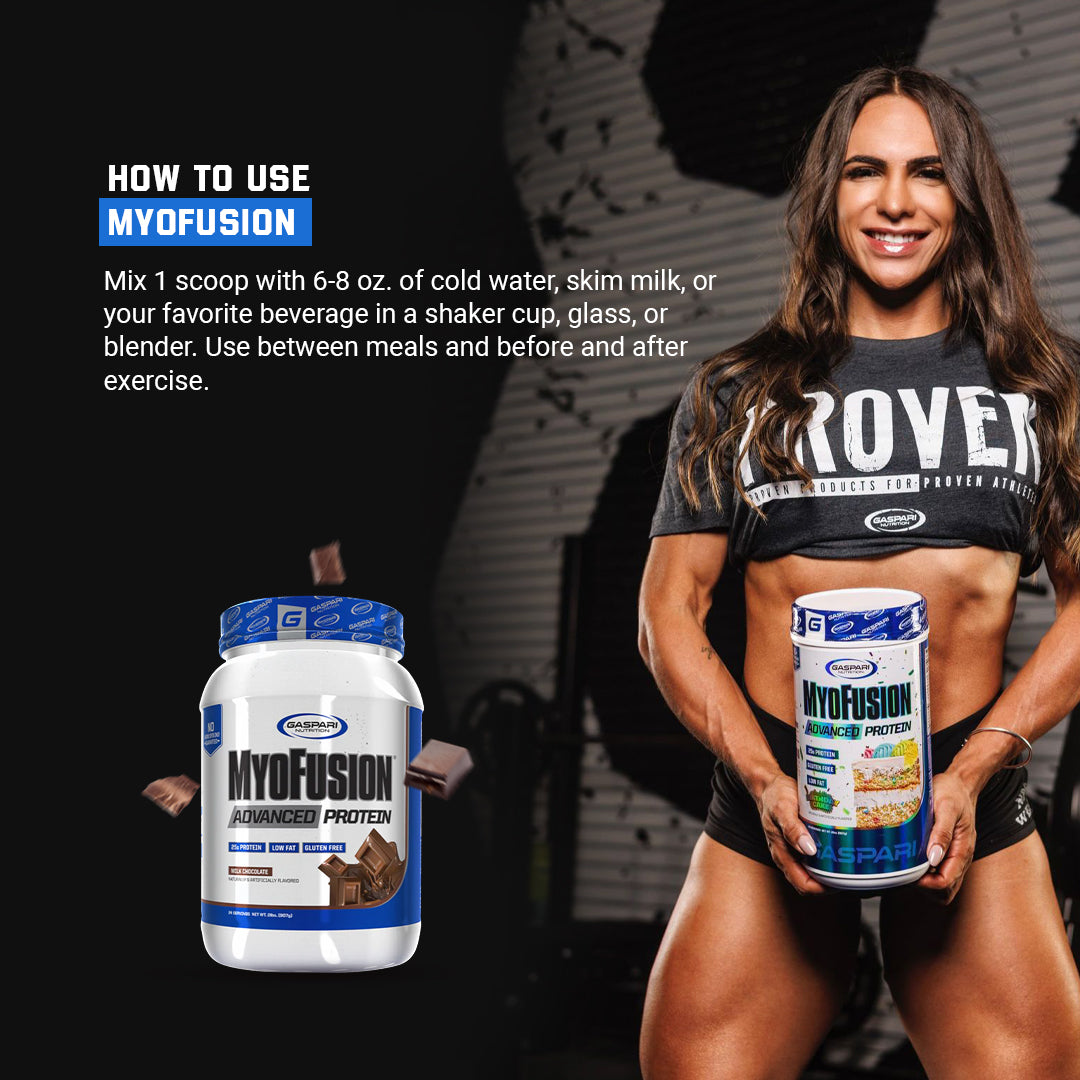
















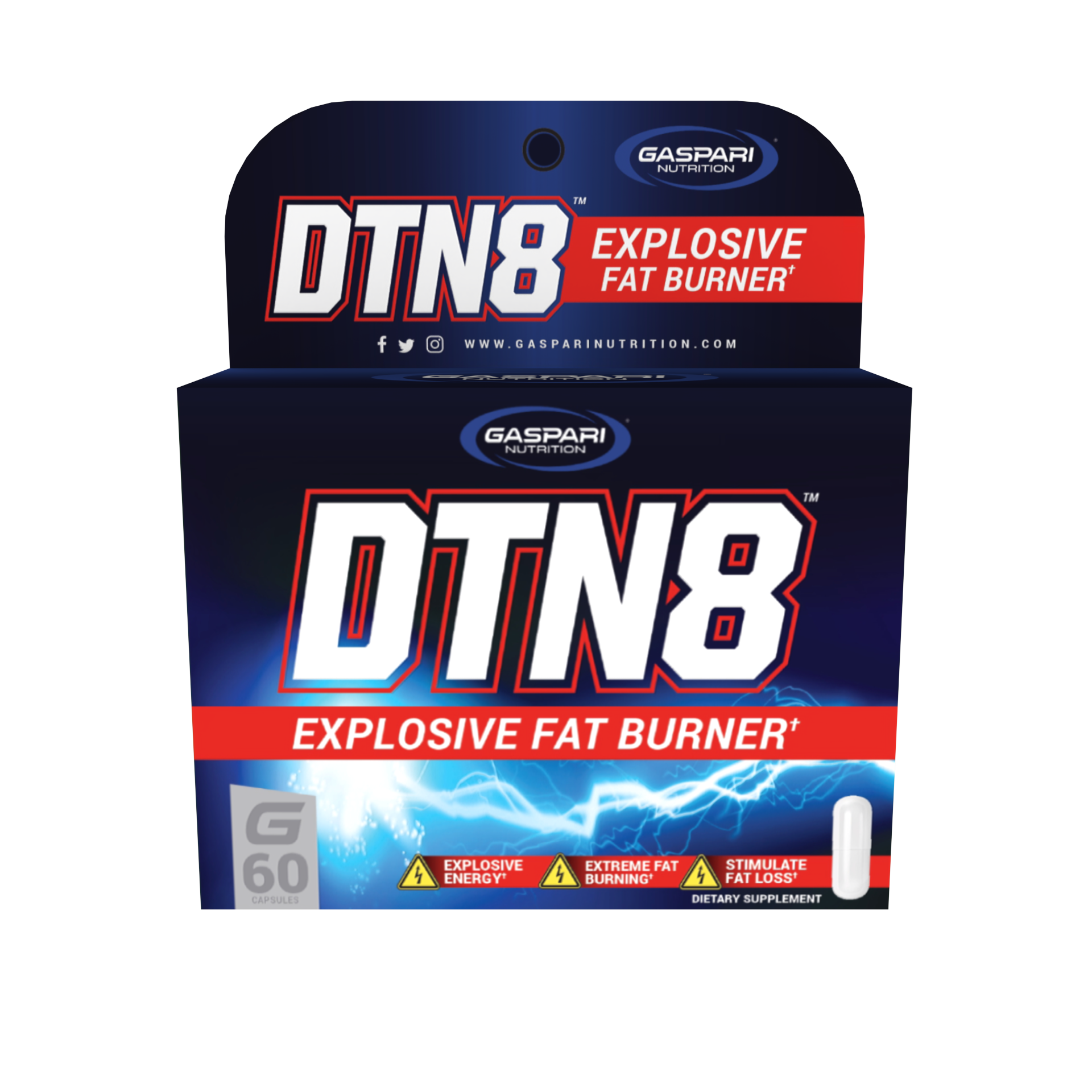











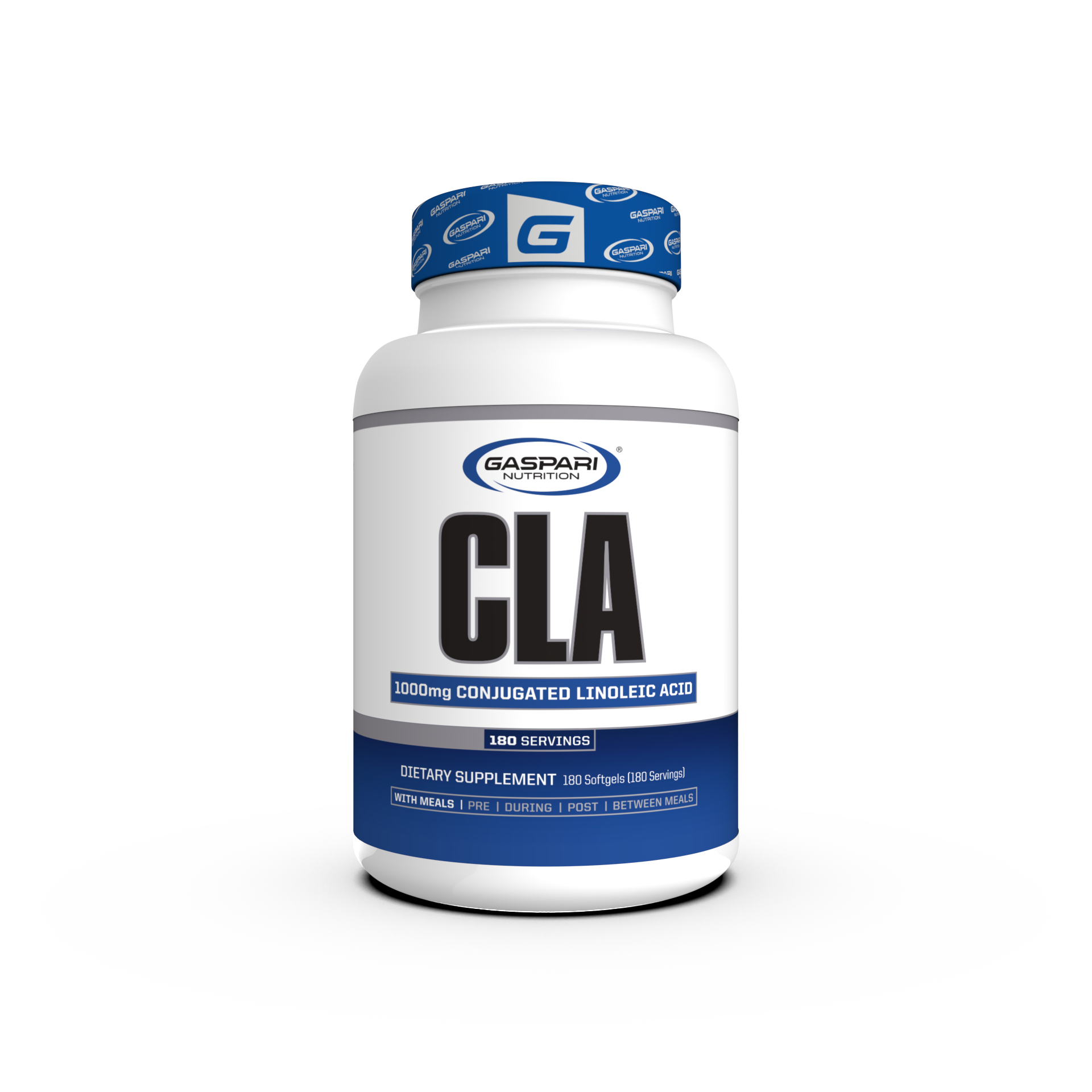





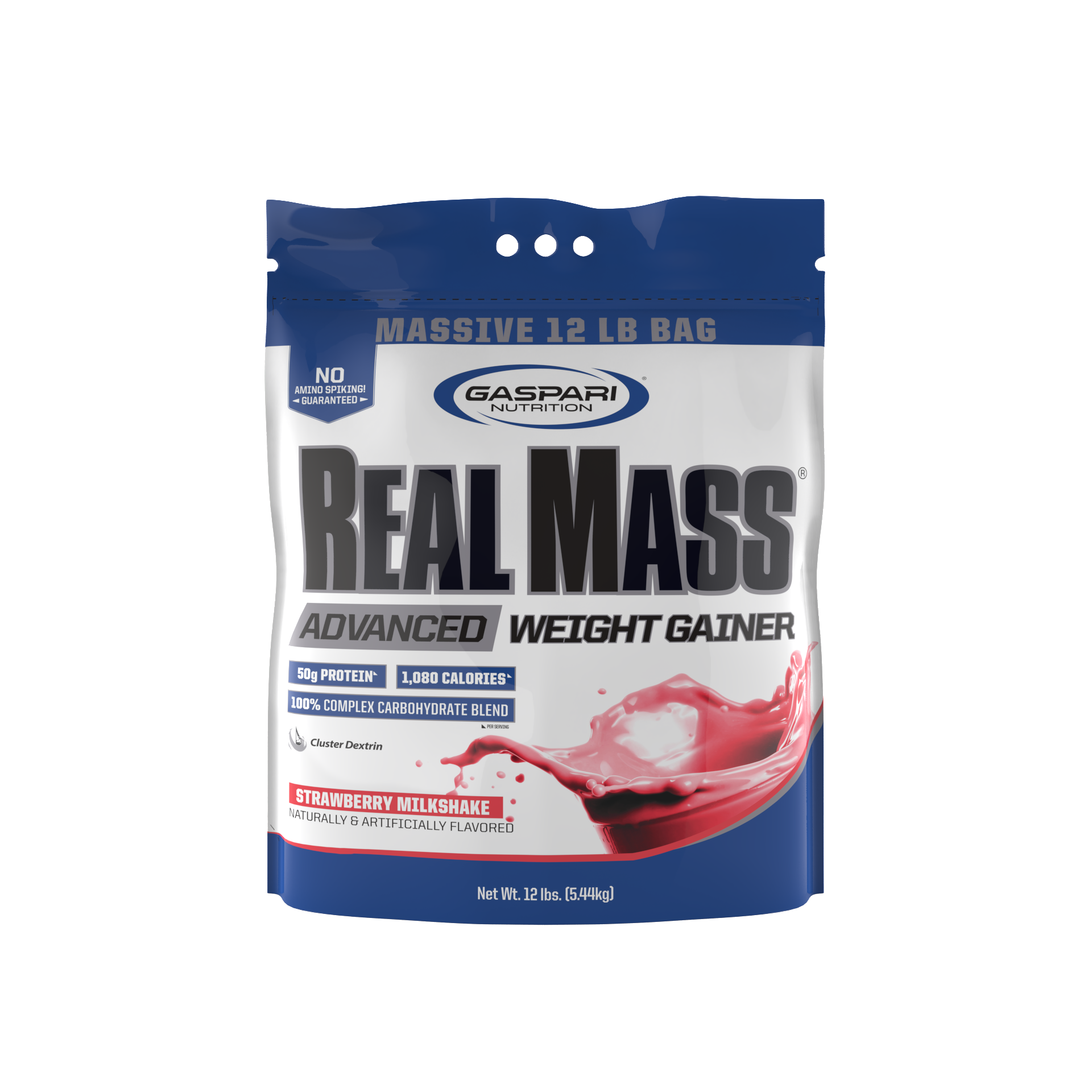

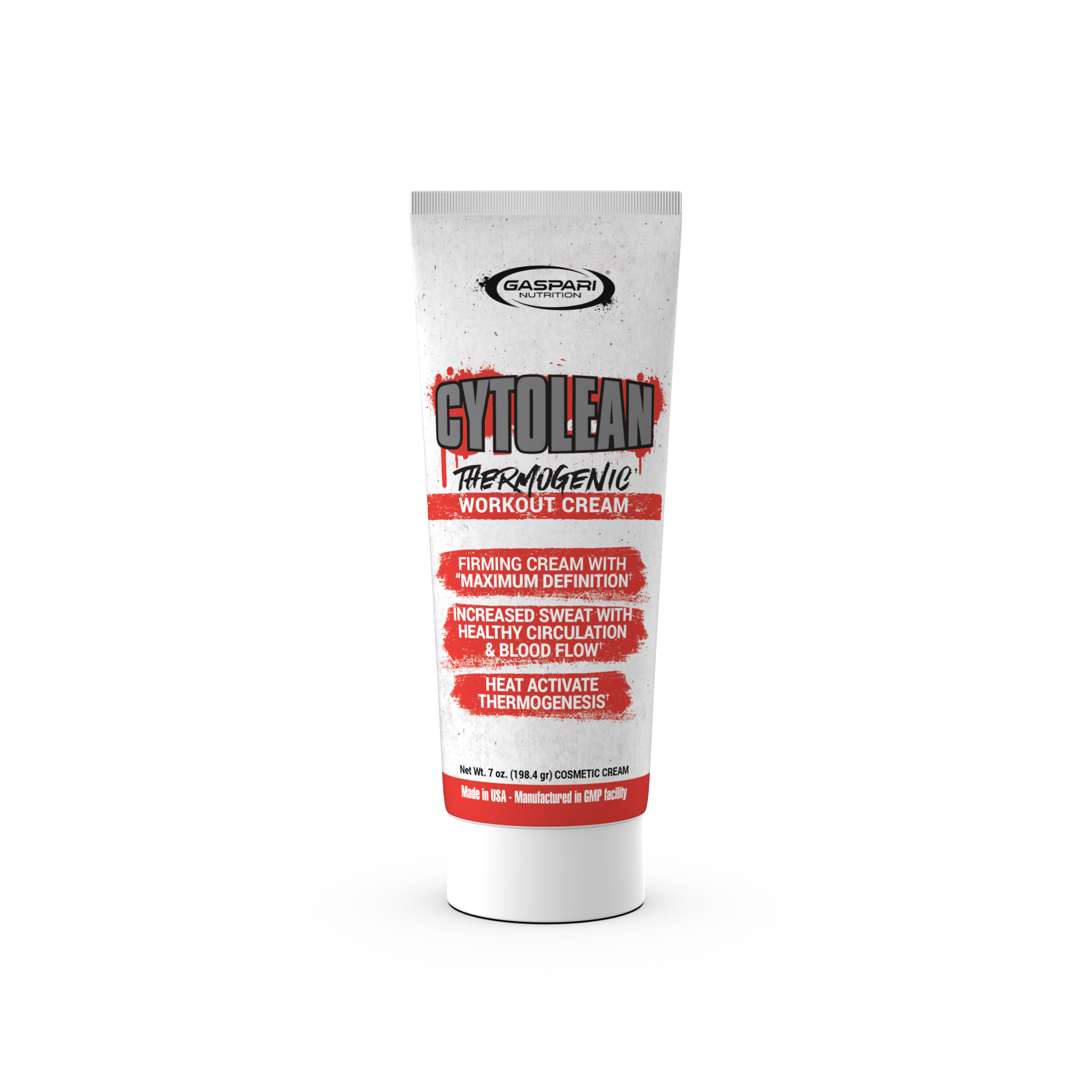





























Share:
Beginners Guide To Gym Etiquette
Bone Broth Benefits – The what, The why and The how